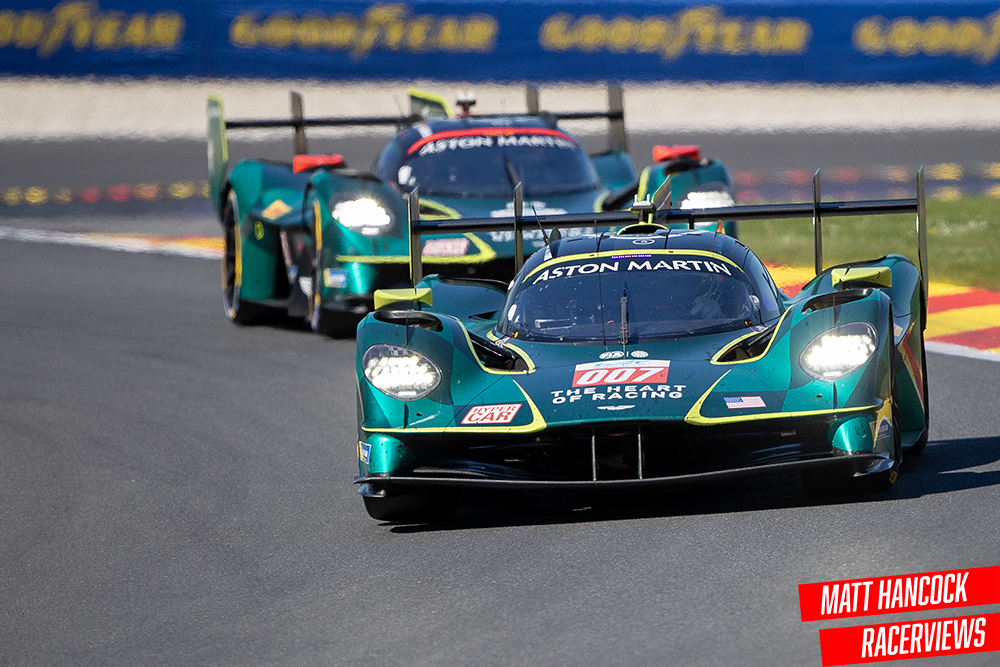Volkswagen crisis: brand that invented modern advertising is dented
Chris Muir, Edinburgh Napier University
I’ve always assumed it was simple for companies to realise that the most important asset they have is trust. Without it, there’s not a lot you can do to build a sustainable business. That Volkswagen appears to have forgotten this unshakeable rule is remarkable considering the car maker’s history.
It is no exaggeration to say that Volkswagen changed the way that we talk to consumers. Together with creative agency DDB from the late 1950s and through the 1960s, they produced some enduringly wonderful adverts. That golden era laid the foundations for a partnership that has endured until the present day and continued to produce a number of great ads along the way.
When VW launched into the US shortly after World War II, it was selling one mass-market car: the Type 1 Beetle. It faced a unique problem. Not only was its car European, which was not seen as a good thing back then, it was coming from America’s wartime enemy.
The company’s first couple of attempts to market the car in the US were unsuccessful, so VW established a network of dealers. This saw a dramatic rise in sales – from around 2,000 cars in 1953 to more than 150,000 by 1958. VW didn’t do any advertising at all because it felt that the standard advertising of the late 1950s was not how it wanted to talk to its customers.
That all changed when a German called Carl Hahn arrived to head up VW’s US division in 1959. He saw that the best way to increase sales was to build the brand through advertising. By his own estimate he met with more than 4,000 admen over a three-month period, but he was far from impressed. He saw an industry that was infatuated with research, think tanks and brainstorming (sound familiar?), but producing lousy advertising.
Here are a couple of examples of the sort of adverts that were running at the time in the US, the first for Silva Thin cigarettes and the second for Ford cars:
Silva Thins

Ford cars

As you can see, advertising in that era wasn’t terribly sophisticated. It tended to be boastful and show off, and didn’t talk to people in a manner that resonated with their own lives.
While Hahn had been despairing at the calibre of admen that he had been meeting, fortune played its hand. One of the VW distributors knew of DDB and told him he should meet with them. DDB, originally known as Doyle Dane Bernbach, was a New-York-based agency that was already forging a reputation as a maverick – producing outstanding creative work for companies such as Polaroid, Levy’s Rye Bread and El Al Airline. Hahn was impressed by the agency’s confidence and the quality of its work – as well as the fact that it didn’t show him any speculative VW work. DDB’s thinking was that it wouldn’t be representative because it wouldn’t include the client’s input.
With the agency appointed, DDB put together the account team: art director Helmut Krone and copywriter Julian Koenig. Along with input from co-owner Bill Bernbach, they changed the face of the advertising world. They introduced realistic photographs rather than idealistic retouched ones. They got rid of aspirational settings and females draped across car bodywork and even started talking to the reader in a friendly manner. The ads were simple, striking and slightly self-deprecating. And they were light years away from any other car advertising at the time. Here are a couple of examples:
Makes your house look bigger (1964)

Wilt Chamberlain (1966)

This tone of voice that DDB developed is as important as the clean, modern layouts that the campaign gave us. It started a revolution in how we talk to consumers (though a huge number of companies have never learned). In what is my favourite quote of the genre, Helmut Krone summed it up as follows:
A little admission gains a great acceptance.
In short, if you’re honest consumers will trust you. They know you’ll give it to them straight, whatever the news.
Television talking
VW/DDB also brought their quirky self-deprecation and simplicity to TV screens. Here’s a lovely example from 1964:
Because the ad’s not crammed from start to finish with waffle, you really pay attention when they ask the hook question:
Have you ever wondered how the man who drives the snow plough drives to the snow plough?
And the answer:
This one drives a Volkswagen. So you can stop wondering.
In a 60-second advert there’s just over ten seconds of voice. That, again, was hugely unusual. Most adverts worked on the principle of repeating the message as often as they could. Which often has the unwanted effect of making your audience think you think they’re stupid.
Quite possibly, the creative work that VW and DDB produced is the most important in the history of advertising. It drove VW Beetle sales in the US to a record 570,000 a year in 1970, and set the tone both for modern advertising and another 50 years of VW advertising from the same agency – you can see the consistency in style from the two ads below from 1998 (left) and 2003 (right).

Having spent decades building up the trust between consumer and car maker that has ensured VW’s survival well into the 21st century, no doubt Helmut Krone and his colleagues will be spinning in their graves at the current crisis. Once you’ve lied and been found out, it’s incredibly difficult to regain that trust. Pity the creative team that has to try and help put it right.
Chris Muir, Lecturer in Creative Advertising, Edinburgh Napier University
This article was originally published on The Conversation. Read the original article.




